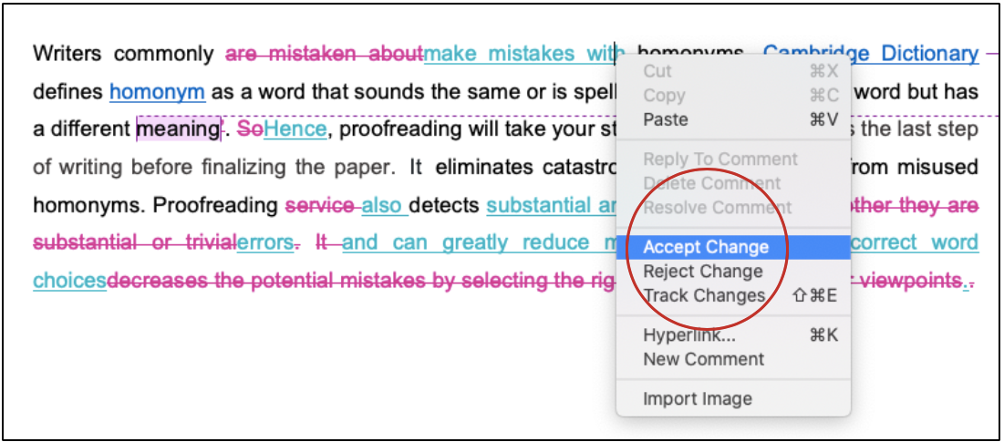Analysis of variance (ANOVA) is an inferential statistic employed to analyze data from an experiment with either multiple factors or independent variable's more than two levels. It is heavily used in dissertations or research. The variance may originate from one or more factors.

Analysis of variance (ANOVA) is an inferential statistic employed to analyze data from an experiment with either multiple factors or the independent variable's more than two levels. It is heavily used in dissertations or research. The variance may originate from one or more factors. It can be related to your independent variable, the individual differences within your units, and experimental error. Even if one has an ideally designed experiment, scores on a measure are subject to vary. On top of that, measurement error varies irrespective of whether your subjects receive the same treatment.
Total variability includes "between-groups" and "within-groups" variability. Between-group variability depends on the variation in your independent variable, individual discrepancies in your subjects, or experimental error. Random or error variance is related to within-group variability in research. It can be linked to individual differences between subjects receiving the same treatment.
The ANOVA statistic employs the F-distribution to define whether statistical significance exists in your results. The F-statistic can be determined by dividing between-groups variability (variance) by your within-groups variability (variance). After obtaining the F-statistic, one can compare this value to a critical table value in any statistics book to decide on the statistical significance of your results. More preferably, most statistical software packages provide a p-value. Therefore, depending on the dissertation's predetermined alpha level, one can readily gather whether the results are significant.
Suppose that one wishes to investigate the effect of three levels of fibers on the sausage structure. These fiber levels are the treatments, in other words, the levels of a factor. One-way ANOVA includes only one factor having more than two levels, and they are replicated in the experiment. Let us assume that pursuing the data collection, ANOVA is run, and the F-statistic has a p-value of .002. If one sets the alpha level at .05, this result becomes significant.
Nonetheless, this result only upholds the hypothesis that fiber addition is effective. Declaring significant differences between treatment means requires that posthoc tests be run on treatment means. Only then would experimental manipulations be reported differently from each other. One can make planned or unplanned comparisons. The t-test for each pair of means after running ANOVA reveals the differences.
Multivariate analysis of variance (MANOVA) is similar to univariate ANOVA. ANOVA addresses statistical differences on one continuous dependent variable using an independent grouping variable. In MANOVA, the researcher further analyzes by considering multiple continuous dependent variables and assembling them into a weighted linear combination or composite variable. Then, using the MANOVA, the scholar delves into whether the modified combination differs by the independent variable's different groups or levels. Thus, the researcher explores if it is possible to test whether the independent grouping variable explains a substantial amount of variance in the dependent variable.
ANOVA and MANOVA share several assumptions. Research with MANOVA may address more issues than that with ANOVA. As many dissertations are designed to explore several dependent variables, one might better understand what happens when the independent variable changes. For instance, does your fiber improve sausage texture but not the color? If it is the case, one may resort to MANOVA instead of ANOVA. Moreover, a thesis with a MANOVA can be considered much better than one with a series of ANOVAs because, thanks to MANOVA, the researcher can decrease the likelihood of committing a Type I error. Independent random sampling, homogeneity of variances, and normality of data in MANOVA are as crucial as they are in MANOVA.
MANOVA has additional assumptions as compared to ANOVA. They include the absence of multivariate outliers, a certain level of multicollinearity, and linearity. Even so, interpreting MANOVA results can be more challenging than commenting on ANOVA results.
Best Edit & Proof expert editors and proofreaders focus on offering papers with proper tone, content, and style of academic writing, and also provide an upscale editing and proofreading service for you. If you consider our pieces of advice, you will witness a notable increase in the chance for your research manuscript to be accepted by the publishers. We work together as an academic writing style guide by bestowing subject-area editing and proofreading around several categorized writing styles. With the group of our expert editors, you will always find us all set to help you identify the tone and style that your manuscript needs to get a nod from the publishers.

You can also avail of our assistance if you are looking for editors who can format your manuscript, or just check on the particular styles for the formatting task as per the guidelines provided to you, e.g., APA, MLA, or Chicago/Turabian styles. Best Edit & Proof editors and proofreaders provide all sorts of academic writing help, including editing and proofreading services, using our user-friendly website, and a streamlined ordering process.
Visit our order page if you want our subject-area editors or language experts to work on your manuscript to improve its tone and style and give it a perfect academic tone and style through proper editing and proofreading. The process of submitting a paper is very easy and quick. Click here to find out how it works.
Our pricing is based on the type of service you avail of here, be it editing or proofreading. We charge on the basis of the word count of your manuscript that you submit for editing and proofreading and the turnaround time it takes to get it done. If you want to get an instant price quote for your project, copy and paste your document or enter your word count into our pricing calculator.
Contact us to get support with academic editing and proofreading. We have a 24/7 active live chat mode to offer you direct support along with qualified editors to refine and furbish your manuscript.
Follow us on Twitter, LinkedIn, Facebook, Instagram, and Medium.
For more posts, click here.
This article explains the difference between ANOVA and MANOVA in academic studies. To give you an opportunity to practice proofreading, we have left a few spelling, punctuation, or grammatical errors in the text. See if you can spot them! If you spot the errors correctly, you will be entitled to a 10% discount.

Finding a dataset's middle or average is critical and involves measuring central tendency. The central tendency's most common measures include the mode, median, and mean. The mode is the most repeated measure in a data set.
Continue Reading
The central tendency, mean, median, and mode depict where most data points concentrate, while variability illustrates how far they are. It is exceedingly crucial because the amount of variability demonstrates the generalization one can make from the sample to the population. Low variability is desirable because it implies that predicting information about the population using sample data is well-justified. Contrarily, high variability illustrates decreased consistency, making data predictions harder.
Continue Reading